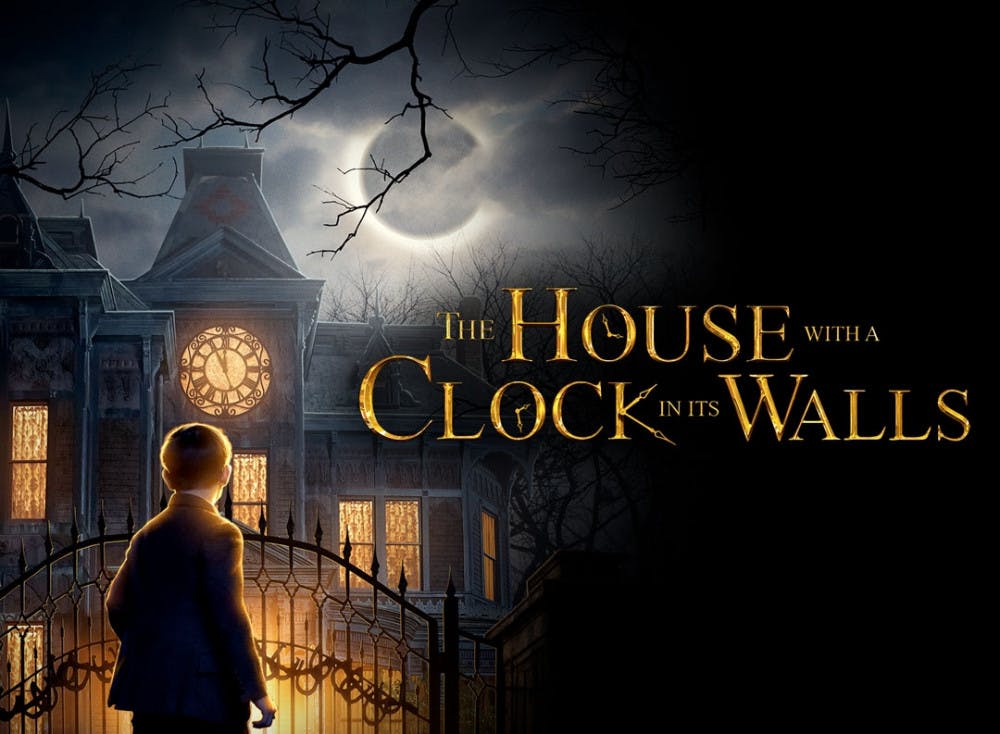by Trevor Sheffield Derivative: Adjective, Imitative of the work of another person, and usually disapproved of for that reason. To take it straight from the dictionary, a derivative work is something that we’ve seen time and time again, to the point of being shunned for its’ lack of innovation. Nowhere is this more commonplace than the horror genre. For every movie about a mythical serial killer, you get sixteen more trying to ape its’ success. For every movie about evil aliens trying to exterminate the human race, you get twenty different movies sent to theaters because they gave their alien one more antenna than the one before it. For every movie about a haunted doll, a cabin in the woods, a haunted house…you can guess where it goes from there. One would assume the question at the forefront would be: When will it end? However, I feel the real question should be: When will we get something decent out of this? The House with a Clock in Its’ Walls, adapted from the first book of a series by John Bellaris by Eli Roth of all people, tells the story of a newly-orphaned boy in the 1950s named Lewis (Owen Vaccaro, of Daddy’s Home and Fun Mom Dinner fame) who goes off to live with his eccentric uncle Jonathan (Jack Black) in his ridiculously large (and totally not haunted) house. It is soon revealed that Jonathan (and his neighbor, Florence, played by Cate Blanchett) are magical folk, that the house is also magical, and that within its’ walls lies a clock created by Jon’s old partner which may or may not be a gigantic doomsday device conceptualized by a literal Lord of Hell. You know, for kids!
Oops! All Satanists!

Bickering With a Skeleton
Goosebumps Goosebumps: Haunted Halloween
The Scariest Thing You’ll See in Theatres

For No Mere Mortal Can Ever Face…
The House with A Clock in Its’ Walls The House with A Clock in It’s WallsIMDb Universal Pictures




















